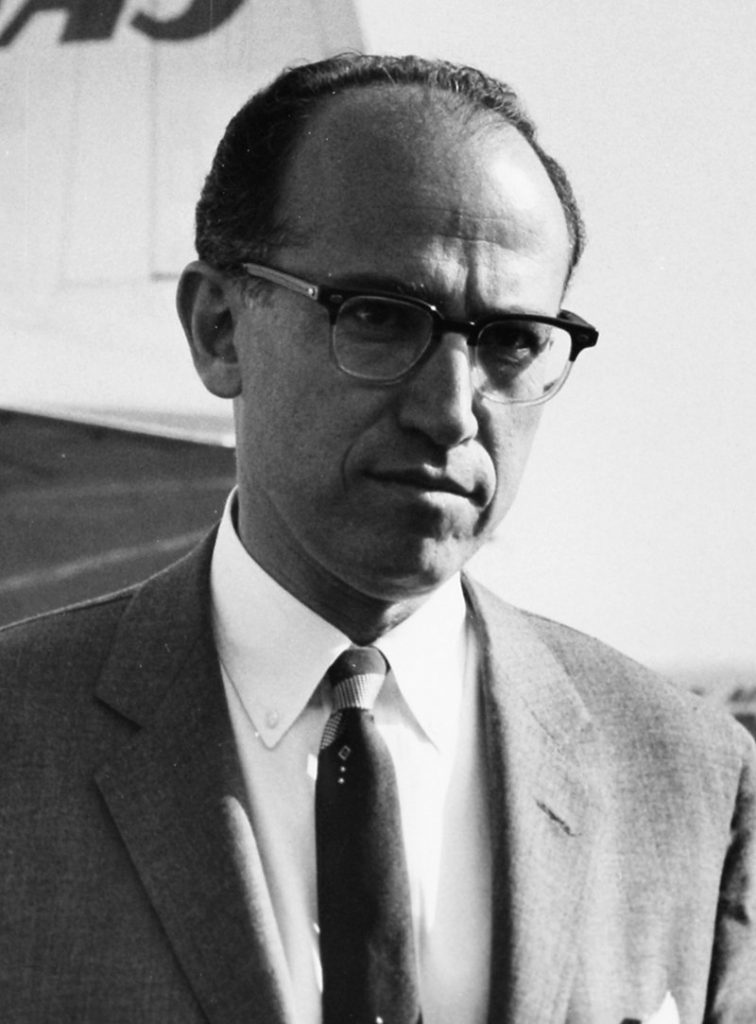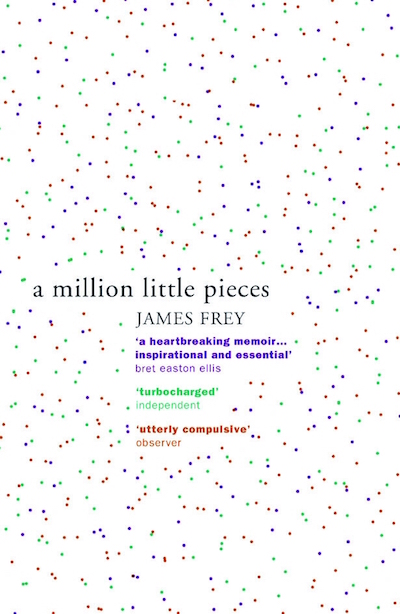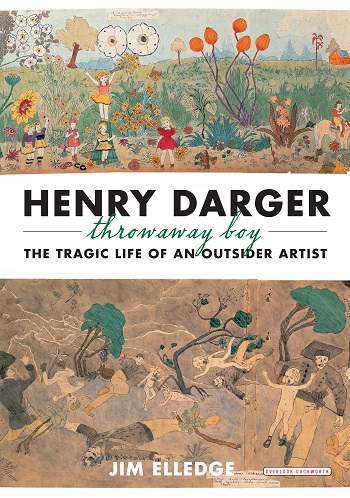
Polio is a disease were symptoms can include sore throats, raised body temperature, headaches, neck stiffness, abdominal pain, permanent paralysis and in extreme cases can lead to death. It can affect anyone of any age.
Polio has largely been eradicated across the world thanks to the polio vaccine. The World Health Organization estimates a 99% drop in the rates of polio infection since the 1980s.
The man responsible for development of the polio vaccine was Jonas Salk (photo left). This is his story.
Jonas Salk started his work on the polio vaccine in 1948 in America. It would take Salk and his team 7 years of hard work before they would see success.
The common thinking in the Scientific community was to use a live strain of the polio virus to develop a vaccine, but Salk had a different idea. He decided to use a inactive and weakened version of the polio virus, convinced that it was not only safer, but more likely to support the body to develop an immunity to the polio virus.
In 1955, after successful trials in both animals and children, Salk announced to the world that he had developed a vaccine for polio.
What is inspirational about this man, is not just that he developed the polio vaccine. But that he chose not to patent it. This meant that anyone could reproduce the polio vaccine without any payment to Salk.
At the time (and still to this day) America has an corporate obsession with patenting intellectual property, so that individuals can make money from their intellectual property. If Salk had patented his polio vaccine, it would have made him several billionaire dollars.
But Salk chose not to patent the polio vaccine. Instead, Salk wanted his vaccine spread as widely as possible, for the benefit of all people. Salk went against the capitalist culture of his country and focused on maximising the good the vaccine could do for humanity. It is for this reason, that I find this man truly inspirational.
Salk became a household name, but this was not something he wanted or welcomed. Salk stated in an interview in 1980:
It’s as if I’ve been a public property ever since, having to respond to external, as well as internal, impulses. … It’s brought me enormous gratification, opened many opportunities, but at the same time placed many burdens on me. It altered my career, my relationships with colleagues; I am a public figure, no longer one of them.
After the success of the polio vaccine Salk went back to work in his virology lab. Salk later worked on a vaccine for the HIV/AIDS virus, but was sadly unsuccessful in this endeavour.
I hope you enjoyed reading this inspirational story.
Blog soon,
Antony




